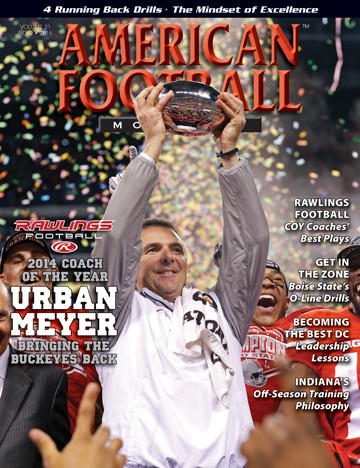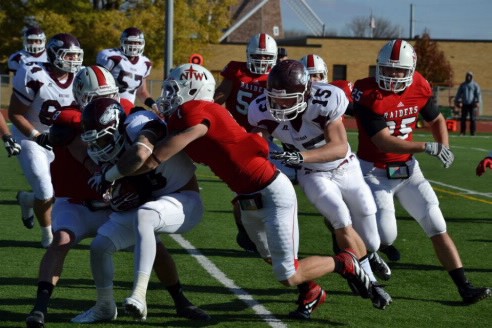AMERICAN FOOTBALL MONTHLY THE #1 RESOURCE FOR FOOTBALL COACHES
Article CategoriesAFM Magazine
|
LOCKED IN PREPARATION - Mental Conditioning for Footballby: Matt McCartyAssistant Head Coach/Defensive Coordinator – Northwestern College, Orange City, IA © More from this issue The 2014 season marked my 10th season as defensive coordinator at Northwestern College. Throughout the ten years we have been blessed to have some great players and have had consistently strong defenses. Over this time, we have always gone into each game week with a list of ten goals. These goals were all measurable outcomes we could strive to achieve in each game. How we measured each goal may vary from year to year but these goals always included winning as our #1 goal. This goal was followed by goals for takeaways, rushing yards, passing yards, third down defense, three and outs, and other stats we could measure that we felt would lead to our success as a defense and a team.
| 
|
Subscribe now to start receiving our monthly magazine PLUS get INSTANT unlimited access to over 4000 pages of 100 percent football coaching information, ONLY available at AmericanFootballMonthly.com! | |||
NEED PASSWORD HELP |





